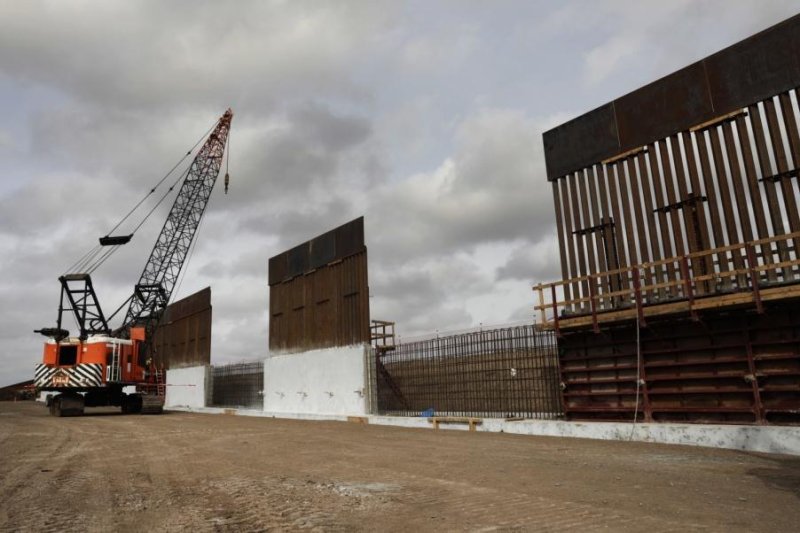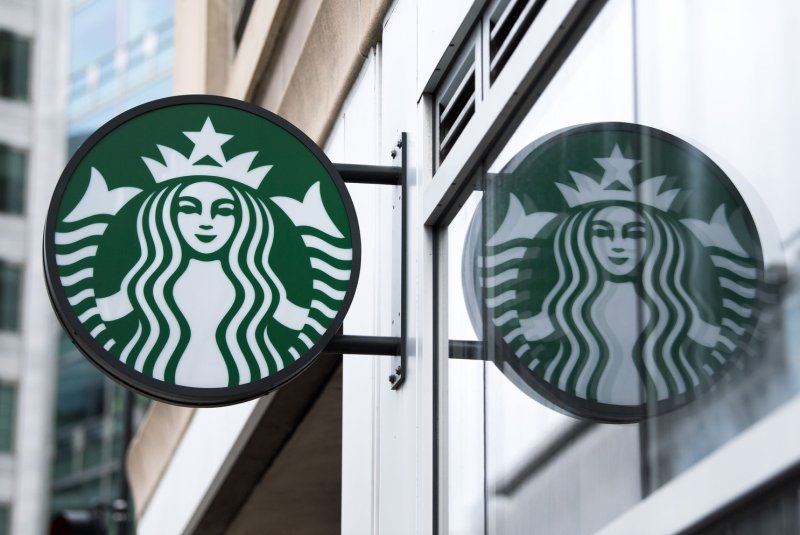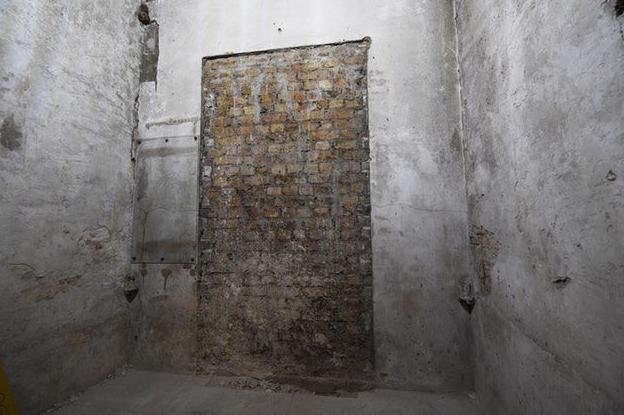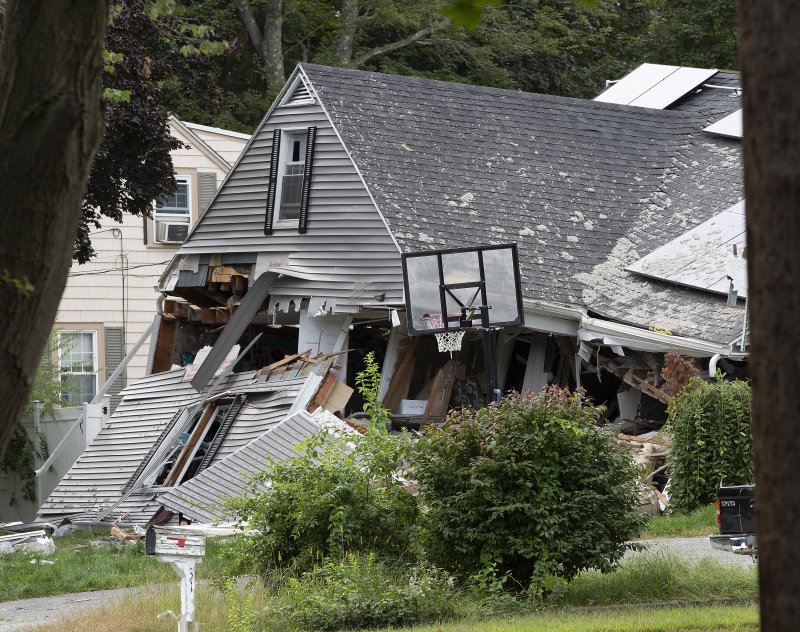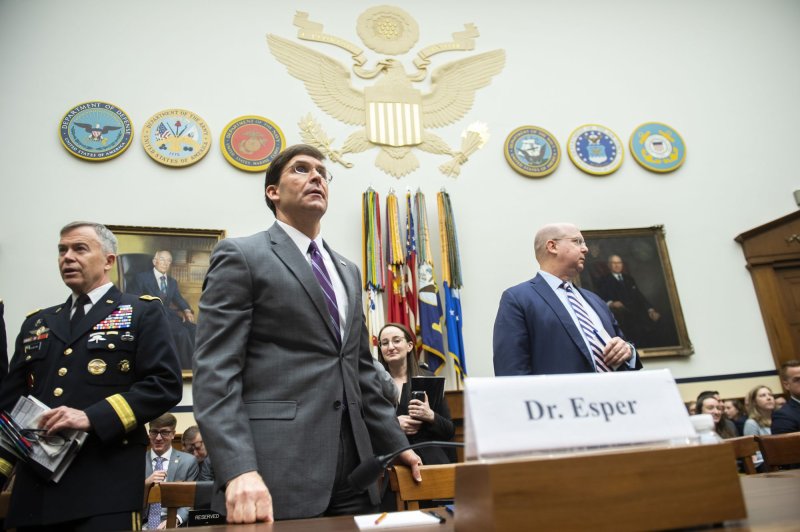Volcanic eruption sparked a week long thunderstorm, and scientists want to know why
Maya Wei-Haas
In December 2018, after months of sputtering, the Anak Krakatau volcano in Indonesia collapsed. Its southwestern flank slid into the sea, shoving a wall of water into the neighboring islands of Sumatra and Java. The catastrophic event and resulting tsunami killed more than 430 people and injured thousands more.
The collapse was only the start of Anak Krakatau’s fiery fit. The volcano continued to billow a gaseous plume miles into the sky, feeding a rare six-day thunderstorm that sparkled with lightning. The event offered scientists an incredibly detailed look at how some eruptions can affect local weather in remarkable ways. As described in a new study in Scientific Reports, this intense volcanic storm was supercharged by vaporized seawater that chilled to ice in the rising plume, unleashing more than 100,000 flashes of lightning.
“It blew me away how much lightning was there,” says Andrew Prata, a post-doctoral researcher at the Barcelona Supercomputing Center and lead author of the study. At its peak, the volcanic lightning storm crackled with 72 flashes a minute.
Volcanologists are starting to unravel how these flashy shows could be used to track the ever-shifting dangers of volcanic eruptions, yet the specific processes that drive the lightning are just coming into focus. Another volcano, Bogoslof in the Aleutian Islands of Alaska, began a series of eruptive events in December 2016 that continued for nearly nine months, resulting in thousands of lightning strikes that scientists are also using to piece together the inner workings of volcanic storms.
The latest studies of Anak Krakatau and Bogoslof emphasize the watery mechanisms that drive the varied personalities of volcanic eruptions.
“We have to think broadly about the full range of eruption styles ... to use lightning in a meaningful way,” says Alexa Van Eaton, a volcanologist with the U.S. Geological Survey's Cascades Volcano Observatory and lead author of the study on Bogoslof in Bulletin of Volcanology.


smoke coming out of the water: Billowing clouds of vaporized water shroud Anak Krakatau at the start of the lengthy volcanic thunderstorm in December 2018.
2 SLIDES © Photograph by Antara Foto/Bisnis Indonesia/Nurul Hidayat via Reuters
Billowing clouds of vaporized water shroud Anak Krakatau at the start of the lengthy volcanic thunderstorm in December 2018.






1-4/19 SLIDES © Photograph by Randy Olson, Nat Geo Image Collection
GRASSLAND BIRDS OF THE GREAT PLAINS WADE BY THE WATER'S EDGE AS A STORM BEGINS TO TAKE SHAPE IN THE BACKGROUND.
The science behind the flash
Whether sparked by a springtime shower or an eruption of volcanic fury, all lightning requires what’s known as a charge separation, which develops as positively and negatively charged particles accumulate in different parts of a cloud. As the opposing charges build up, they generate an imbalance that nature resolves by releasing a bolt of electricity—lightning.
In an atmospheric thunderstorm, the charges form in a chaotic swirl of ice, slush, and liquid water. Collisions between these phases of water can shear electrons from the particles, leaving some positively charged and others negatively charged.
In volcanic eruptions, on the other hand, ash particles play a critical role. These tiny fragments form as the rapid expansion of gases in magma shatter the molten rock into glassy shards, which gain a charge in the process. The ashier the plume, the higher the chance these particles collide and fracture within the billowing clouds, producing even more charge that might spark lightning.
Researchers have long suspected that ice also plays an important role in driving volcanic light shows. Eruption plumes, even from volcanoes not surrounded by the ocean, are laden with water that was previously entrained in the magma. When these plumes rise high enough in the atmosphere for ice to form, the lightning rates and intensity often skyrocket, explains Stephen McNutt, an expert in volcanic lightning at the University of South Florida who was not involved in the new work.
“It’s a really intriguing grey area of how volcanic lightning comes about,” Van Eaton says.
Anak Krakatau’s icy tower
Indonesia’s Anak Krakatau first peeked its head above the ocean waves in 1929, nearly half a century after its parent volcano Krakatau blew a massive crater in the seafloor in one of the largest eruptions in recorded history. Over the decades, Anak Krakatau has continued to reach higher into the sky, but two years ago, its ascent halted when one of its sloping sides crumpled back into the sea.
Seawater flooded the system and vaporized into towering volcanic clouds that stretched as high as 11 miles, according to satellite analyses. At the lower levels, ash was likely abundant, evidenced by a hefty sprinkle of glassy shards on nearby shores. But the ash didn’t seem to reach up to the cloud tops, leaving white puffs like a run-of-the-mill thunderstorm.
Infrared data and modeling suggest that the volcanic clouds were remarkably rich with ice, containing a mass of frozen water equivalent to 600,000 Asian elephants—five times the amount of ice found in non-volcanic clouds nearby. This wasn’t the most ice-rich eruption volcanologists have seen, but the storm lasted nearly a week thanks to a steady supply of seawater. The rates of lightning were also startlingly high, with an average of 8.7 flashes each minute.
In satellite imagery of the event, puffy clouds and tropical thunderstorms faded in and out of view over the Indian and Pacific Oceans, but the storm over Anak Krakatau remained steadfastly in place—“right where the action is happening,” Prata says.
“It’s a fantastically massive thunderstorm,” says the University of Bristol’s Karen Aplin, who specializes in atmospheric electricity and was not part of the new research.
Lightning switch
Hints of ice supercharging volcanic storms date back to the mid-1960s, when daring scientists risked their lives to study the eruptions of the Surtsey volcano off the coast of Iceland, Van Eaton says. The researchers took boats perilously close to the rumbling shores of the volcanic island and flew planes through the hazardous plumes to document Surtsey’s blasts.
While much of the lightning they observed was tied to black jets of volcanic ash, the researchers spotted one period of intense electricity flashing in the sky. They suggested it could have been driven by a process similar to a meteorologic thunderstorm, which would mean it was driven by ice.
Decades of research since, however, have shown just how complex these icy processes can be in volcanic lightning. The patterns of lightning at one eruption don’t necessarily translate to another. For example, lightning only flashed for half of the explosions during the 2016 and 2017 eruption at Alaska’s Bogoslof volcano.
Later analysis revealed that only the plumes rising above the altitude where ice forms produced strong lightning. This dramatic change surprised Van Eaton, who "previously thought about the role of ice as sort of an extra boost for lightning," she says. Instead, the presence or absence of ice was like a switch at Bogoslof, clicking the tendrils of light on and off.
The pair of analyses of Bogoslof and Anak Krakatau provide a detailed peek at the complex array of factors that must unite to stir a spark. As current methods improve, researchers will likely continue to tease out more details of volcanic lightning mechanics.
Van Eaton vividly recalls videos of the death-defying work at Surtsey in the 1960s: “We’re just now circling back with more modern tools and techniques to sort of show that, yeah, they got it right.”










